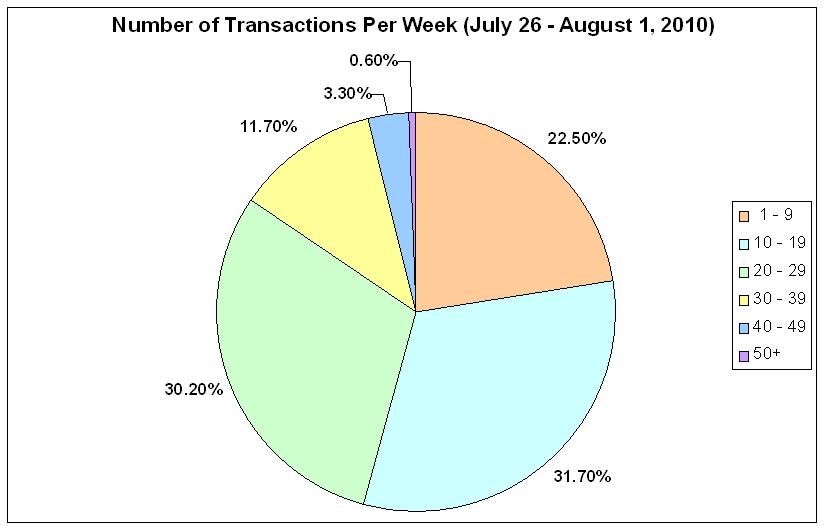Responding to a surge in volume and industry feedback, 11 of 13 terminals will have reinstated five gates per week by September 8. The fifth shift will be rolled out over the next several weeks. Click here to see the updated schedule.
When the terminal operators were forced to cut one OffPeak shift in 2009 due to a drop in cargo, they did so expecting they would add back the shift once volumes returned. Since the beginning of the year, we have seen cargo start to bounce back. In July, the ports of Los Angeles and Long Beach reported a 26.8 percent and 35.8 percent increase in volume, respectively, compared to the same month in 2009.
The terminal operators understand the industry’s need for five gates per week. PierPASS actively participates in industry discussions – through the working group formed by PierPASS to address congestion issues, our PierPASS Advisory Committee, and meetings with associations, harbor commissioners, port authorities, and more – to listen to feedback from all our stakeholders and gather a variety of perspectives.
We also heard – and responded to – feedback on adding back shifts that start earlier and keeping the gates open at lunch. In fact, 85 percent of terminals now work the gates through the lunch hour and start the night shift at 5 p.m. to keep cargo and traffic flowing. Since the beginning of the year, terminal operators have added 37 percent more labor.
Terminal operators have also committed to adding an extra Friday OffPeak shift when a Thursday OffPeak gate if closed for ILWU Stop Work meetings. So far this year, there have been four Stop Work meetings.
See the video on the PierPASS YouTube channel for more information on proactive measures terminal operators have taken to reduce traffic congestion and increase the efficient flow of cargo.




